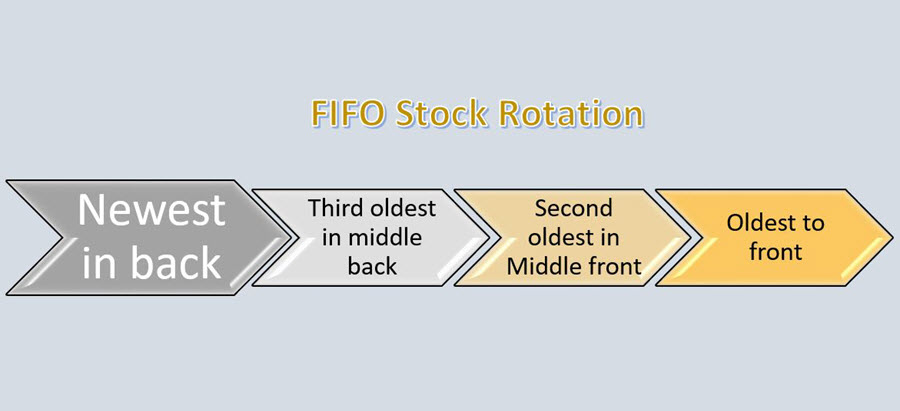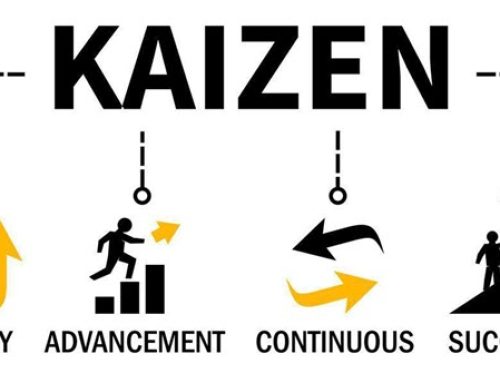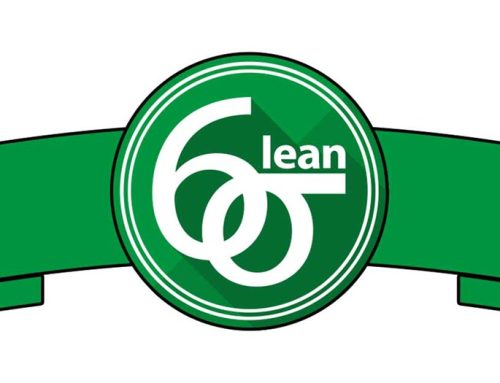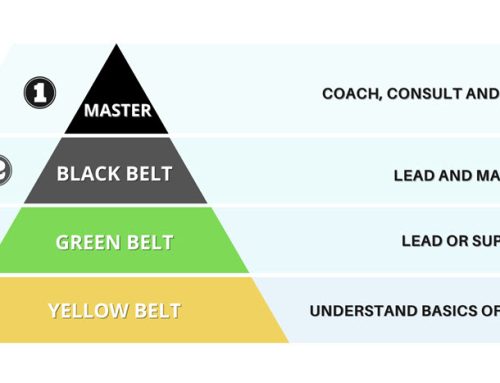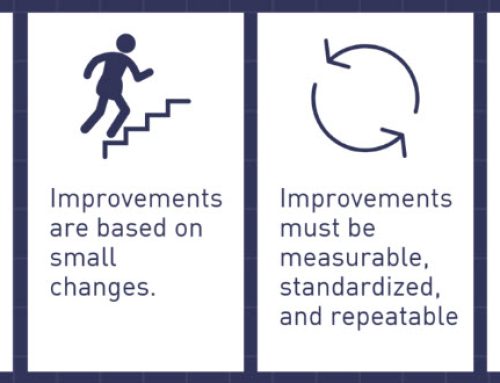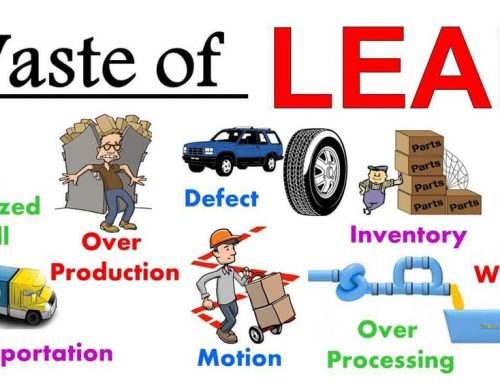Stock rotation is a very popular strategy used in small and big retail stores. Basically, the process entails presenting older products for sale more conspicuously than products that were gotten recently. The purpose of this rotating process is to push older items out the door so as to give rook for newer ones.
Although stock rotation is made use of in every retail stores, the strategy is mostly valuable for perishable products like fresh or packaged foods. A lot of commercially packaged products like dairy goods, canned goods, and cereal, have an expiry date which means that the item must be removed from display or sold by a certain date. So, as the date approaches, vendors tend to place these particular products in the front of the shelves and then putting the newer products at the back. For usual shoppers who don’t pay special attention to dates, there’s a higher chance that they will pick the product in the front.
Importance of Stock Rotation
It is very essential to rotate stock in every area including factories, warehouses, retail display areas etc. The major reason for stock rotation is to lower the total losses due to obsolescence and deterioration.
Ideally, whenever a company carries out stock rotation, the units are physically moving First In, First Out (FIFO). But, when trying to account for costs of sold goods and also the inventory cost, the organization might make use of a cost flow assumption and of course, this is very different from the physical units flow. For instance, a company in U.S. might make use of the LIFO (Last In, First Out) cost flow assumption regardless of the fact that it conscientiously does stock rotation of goods.
A lot of producers consider stock rotation to be very important in maintaining a positive image in public. Organizations with this type of mindset usually employ people to carry their products while visiting various retail stores so as to determine if the time to take out the older items from display has come. This particular action assists in making sure that customers do not buy items that are close to being stale and therefore less desirable when it comes to flavor or quality. Whenever a producer makes use of this policy, it is very usual to give out some form of credit to retail store owners for every product that is removed from public display.
Convenience stores and supermarkets usually do stock rotation very often. Shifting items to the fore front of display shelves are sometimes backed with offering discount off the regular retail price. For instance, in an effort to get as much gain as possible, a store might give a discount of about 50% on a tin of milk which has almost reached its expiry date. Sometimes, meats and other perishable goods are marked in an effort rotate them before they gets spoilt. The rotated stock is shifted to a position that is more obvious than the fresh meats, thereby increasing the chances that buyers will spot the meat and buy them to be eaten as soon as possible.
It does not necessarily have to be only perishable goods that are rotated. Sometimes, clothes that are close to going out of season are rotated to a more conspicuous display area so that they could be sold out instead of having to store them until the next year. Older video or audio gadgets like software programs or CDs can be moved to the front of the display shelves so that they can be sold before they become obsolete or go out of vogue.
Conclusion
The procedure of stock rotation is just a simple strategy in marketing which can usually assist in the minimization of losses of the vendors as well as much as the producer. However, the stock rotation strategy cannot be used in every case. Products that are considered fads or those that are seasonal might not be bought regardless of the fact that they are being prominently displayed or that a huge discount is offered. Also, shoppers with enough experience are very familiar with the strategy of stock rotation and will usually go for a product which is at the back of the self without paying attention to those ones displayed at the front.

